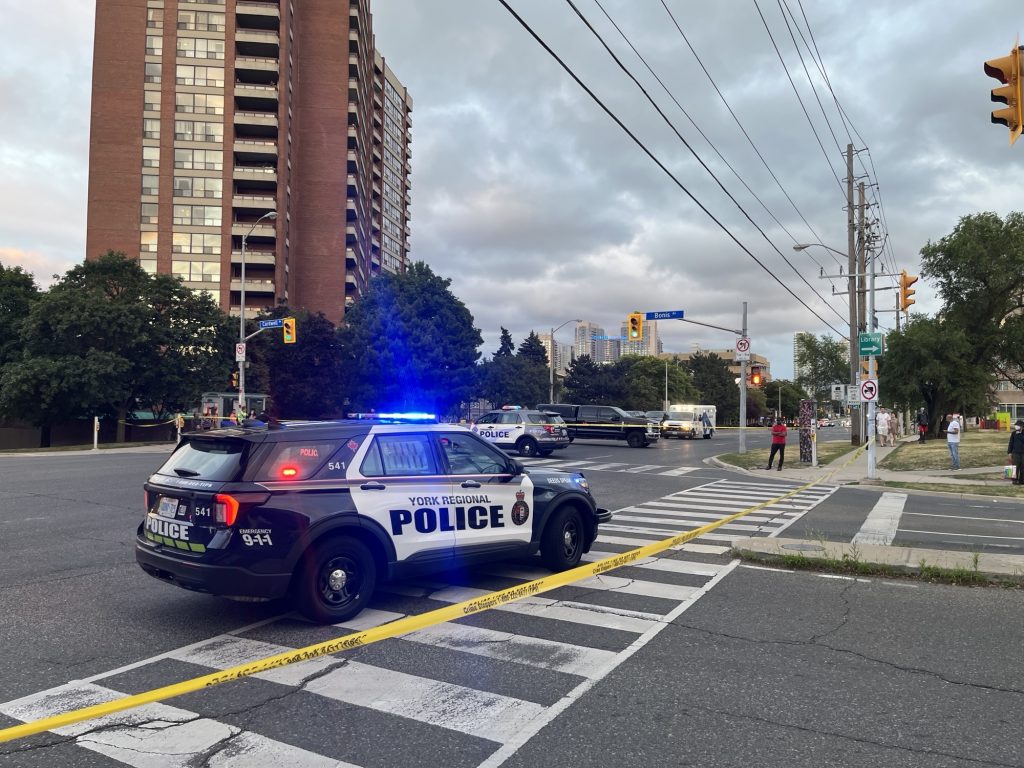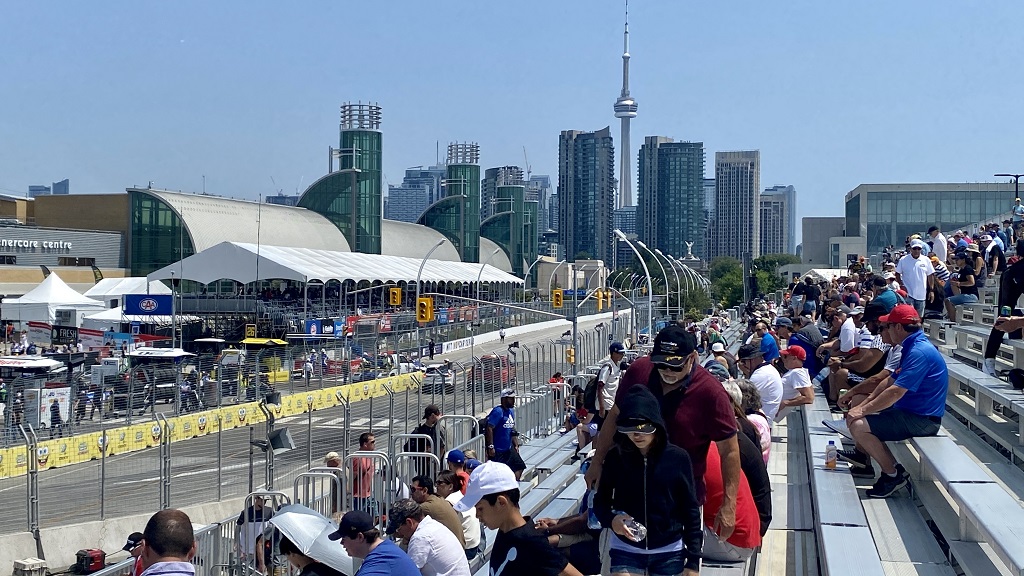REWIND: July 2013 storm pummels Toronto causing transit chaos & widespread damage
Posted July 7, 2014 4:20 pm.
This article is more than 5 years old.
The July 8, 2013, storm dumped a record level of rainfall (126 millimetres) on Toronto in about 90 minutes — causing the worst flooding the city has endured since Hurricane Hazel in 1954. The summer storm also caused blackouts across the GTA and major transportation disruptions that ultimately cost the city $65 million in damages.
The storm cut power to 300,000 Toronto Hydro customers at its peak. Between 400,000 and 500,000 Hydro One customers in the GTA were without electricity throughout the storm night due to significant flooding at two transmission stations.
Critical public infrastructure was also affected. The TTC was temporarily halted due to the flooding on its Bloor-Danforth line between Jane and Kipling until the next morning.
Go Transit said the storm left portions of tracks “completely under water” on its Milton, Richmond Hill and Lakeshore West lines and told passengers seek alternative ways to travel the day after the storm.
About 1,400 people were caught by the flooding aboard a northbound GO Transit train (at Bayview Avenue and Pottery Road). It took police and firefighters about seven hours to ferry everyone to dry ground aboard small inflatable boats.
The July storm also overwhelmed flood-prone areas on Lake Shore Boulevard near the Exhibition grounds, Lower Simcoe Street in downtown and the Don Valley Parkway as well as homes in Etobicoke.
A Toronto lawyer was trapped in his Ferrari on Lower Simcoe when water started flooding out of the sewers. Howard Levitt later told CityNews the sports car, which he bought for a “big” birthday, would be covered by insurance.
Flooding also caused a full closure of the city’s DVP that evening until the next day. The Don River’s banks were at risk of collapse while police warned drivers to steer clear of parts of Highways 427, 401 and 27 because of the flooding.
Flights at Pearson airport and the city island airport were affected.
Record rains and flash floods in Toronto in July 2013 caused an estimated $940 million in damage payouts last year, according to the Insurance Bureau of Canada. The bureau said that flooding was the most expensive insured natural disaster in Ontario’s history.
Some insurance companies are raising rates because of the increase in weather-related claims. Intact Financial Corp., one of Canada’s largest property and casualty insurers, has said it will be raising premiums this year by 15 to 20 per cent.
The damage from the July storm was estimated to be $65.2 million, according to the City of Toronto. In May, the city launched public consultations to get resident feedback on the city’s response during the summer and winter storms. Staff recently provided its findings from those consultations to the executive committee.
Click here to learn more about preparing for emergency weather and events.
With files from The Canadian Press
How were you affected by the July 8 storm? Share your stories in the comments below.








